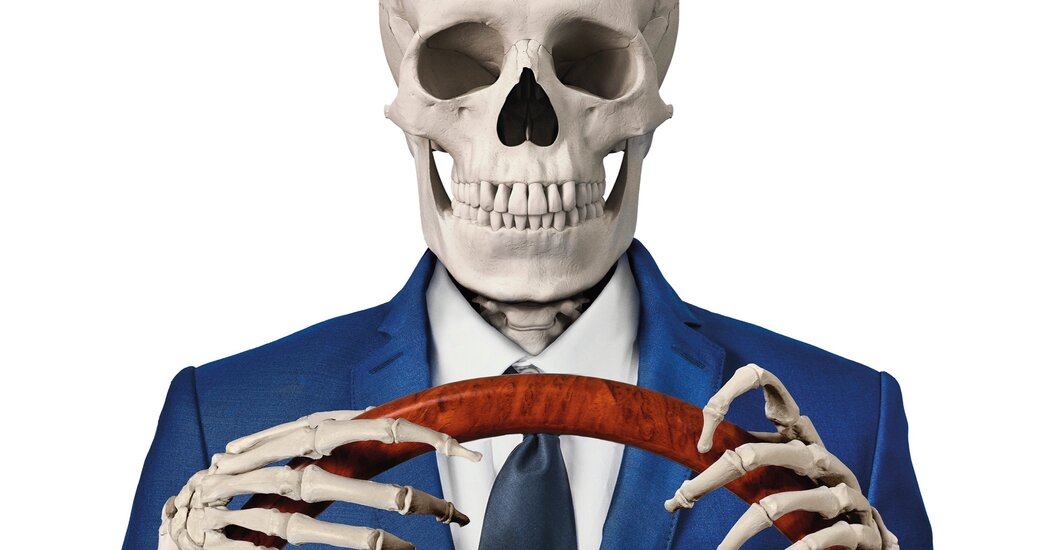The cause was easy enough to identify: Data parsed by Kuhls and her colleagues showed that drivers were speeding more, on highways and on surface streets, and plowing through intersections with an alarming frequency. Conversely, seatbelt use was down, resulting in thousands of injuries to unrestrained drivers and passengers. After a decade of steady decline, intoxicated-driving arrests had rebounded to near historic highs.
… The relationship between car size and injury rates is still being studied, but early research on the American appetite for horizon-blotting machinery points in precisely the direction you’d expect: The bigger the vehicle, the less visibility it affords, and the more destruction it can wreak.


I think there’s also a correlation with anti-police sentiment as well. Police are less interested in protecting the public if the public doesn’t support them. So maybe them letting aggressive drivers go is a sort of message to the public that we need the police.
Likewise, I think there’s increased aggressiveness partially because there was a lot less traffic for a couple years during COVID shutdowns, and now it’s back to normal, but it feels worse because of that period where traffic was less.
I’m sure there are plenty of other explanations as well. I’d like to see an investigation that pulls together a lot of theories and evaluates their merits.